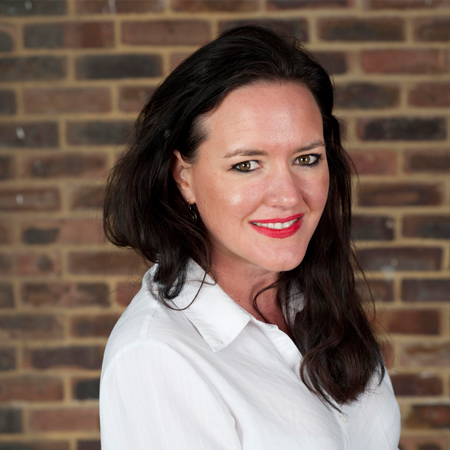A RIBA statement in October last year, revealed that over £3.5 billion of work was scrapped, with a further £7.5 billion on hold. There is no doubt that times are tough and as a result, competition is fierce, which is bringing about a “race to the bottom” on price. It is up to the industry to retain consistency and standards without compromising on quality, which occurs when costs and corners are cut.
For architects involved in retail, there are additional challenges due to the pandemic escalating the popularity for online shopping. The customer journey is changing, and we need to respond to this across both the retail and hospitality sectors, by looking into placemaking and taking a multi-faceted approach. The role of designers should be transforming experiences and collaborating in a more community-driven environment. There are going to be opportunities for architects as spaces need to be repurposed to adapt to the rapidly changing market and make them work differently.
Post pandemic, making people feel safe is going to be an important criteria in how space is utilised. Airport lounges for example will increase in numbers and popularity, as people feel safer in less crowded spaces and will be prepared to pay for this premium.
The pandemic has highlighted the opportunity to be innovative. We will start to see the regeneration of town centres, with vacant office and retail units making way for more placemaking facilities, with spaces for people to live, work and play.
What of rural areas? There is concern over the impact that Brexit has had on these communities, which have seen funding all but disappear. Rural estates need to be optimised to work a little harder, and to look into opportunities for change of use, such as including holiday accommodation, conference, leisure and lifestyle facilities.
And what of London and the larger cities? Interestingly, certain sectors respond more slowly to change, and what is referred to as “critical impact” can take up to three years. What we will start to see more of is changes to the profiles of buildings and some environmental changes, with more and more green spaces.
Overall, there is optimism about the residential sector. The large government debt will see the need for more jobs to be created, to generate taxes to help the economy recover. This will result in more employment in the construction industry. Advancements in construction methods will be explored more than ever, prioritising the use of off-site modern methods of construction (MMC) to deliver homes at a faster pace than traditional methods. Schools can also take advantage of this form of construction to speed up the shortfall.
However, off-site needs to think very carefully about the environment and sustainability, for what is basically moving boxes of air over vast distances. A way round this is to source things as locally as possible.
There is no doubt that sustainability is going to be increasingly important regardless of sector. With government targets set to achieve net zero carbon by 2050, advancements in technology can support this initiative by utilising collaborative tools such as BIM level 2, which gives an accurate picture of initial costs and whole life costs, encouraging clients to implement sustainable solutions upfront. BREEAM (Building Research Establishment Environmental Assessment Method) will become an increasingly important factor in architecture, being the world’s leading sustainability assessment method for master planning projects, infrastructure and buildings.
In conclusion, there are certainly going to be challenges, but also opportunities that arise from the shifting needs for buildings and spaces and how we will use them.

